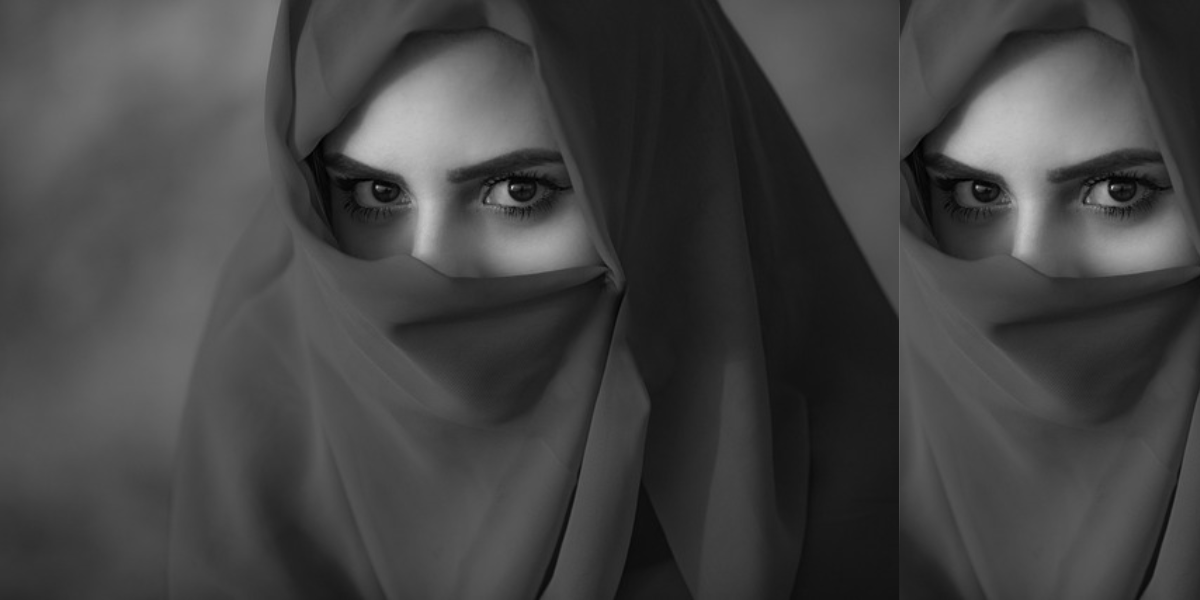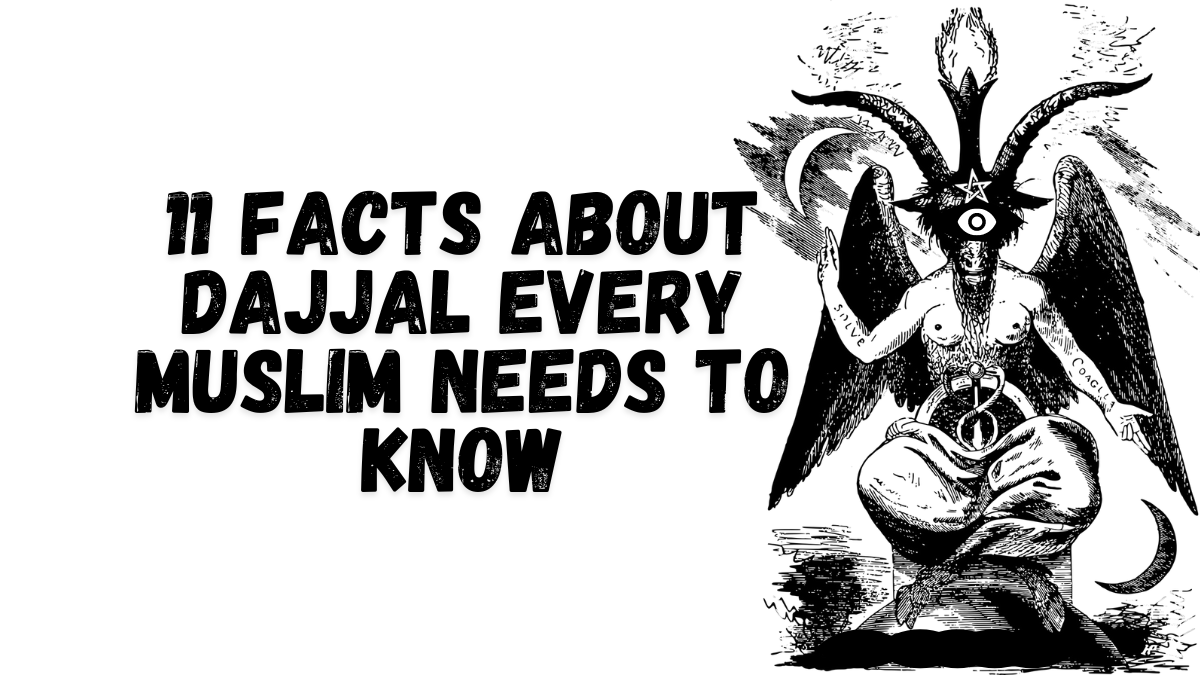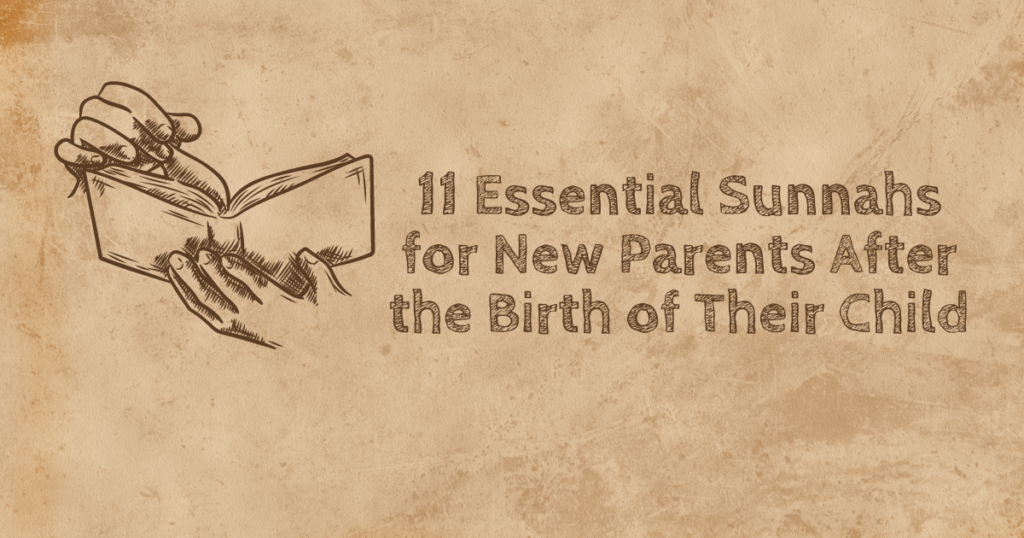About Hijab in Islam
In Islamic culture and faith, we delve into the significance of hijab in Islam, a subject that harmonizes devotion with dignity. The hijab, more than a piece of clothing, stands as a symbol of faith and a testament to a Muslim woman’s commitment to her beliefs. It intertwines the threads of modesty, identity, and spirituality, reflecting a deep-rooted aspect of Islamic dress code. The importance of hijab extends beyond mere tradition; it embodies the principles of modesty and respect in the Islamic faith, offering insights into the rich tapestry of Muslim women’s clothing and the diversity it represents in the Islamic world.
In our exploration will guide you through the meaning and significance of hijab in Islam, shedding light on the Quranic verses and interpretations that advocate for this practice. We will walk through the personal journeys of those who wear hijab, acknowledging the empowerment and challenges they encounter. By addressing common misconceptions and highlighting the hijab’s role as a liberator rather than a constraint, we aim to present a comprehensive narrative that distinguishes hijab as a symbol of faith, modesty, and diversity. Through this discussion, we seek not only to educate but to foster a deeper appreciation for the values and choices inherent in the Islamic way of life, underpinned by teachings from the Quran and illustrated by the diverse practices of Muslims around the globe.
The Meaning and Significance of Hijab in Islam
Definition of Hijab
Hijab, in modern usage, refers to various head coverings conventionally worn by many Muslim women. The term was originally used to denote a partition or a curtain and was sometimes used for Islamic rules of modesty. The Quran instructs Muslim women to cover their heads and bodies to maintain modesty and dignity, although it never uses the word ‘hijab’ specifically to refer to women’s clothing; instead, it discusses the attire of women using terms like jilbab and khimar.
Historical Context of Hijab
The practice of veiling did not originate with the advent of Islam. Statuettes depicting veiled priestesses date back as far as 2500 BC, indicating that elite women in ancient Mesopotamia and in the Byzantine, Greek, and Persian empires wore the veil as a sign of respectability and high status. Veiling gradually spread to upper-class Arab women, and eventually, it became widespread among Muslim women in cities throughout the Middle East. Under Ottoman rule, veiling of Arab Muslim women became especially pervasive as a mark of rank and exclusive lifestyle.
The concept of hijab is deeply rooted in the teachings of the Quran and the practices of Prophet Muhammad (peace be upon him), who advocated for the protection of women’s honor and their modesty in society. Historical evidence suggests that veiling was associated with high social status long before Islam and was not introduced in Arabia by the last Prophet of Islam but was already present and associated with high social status. As Islam spread through the Middle East to parts of Africa and Central Asia, it incorporated local veiling customs and influenced others.
In Islamic teachings, hijab is more than just a physical covering; it acts as a visual, physical, and ethical barrier that symbolizes a Muslim woman’s faith and commitment to her religion. This practice has evolved over time and taken on different forms in various Muslim-majority countries, but the underlying principles of modesty and dignity remain consistent.
By wearing hijab, Muslim women signify their devotion to faith and their desire to be recognized for their values rather than their physical appearance. This aligns with the Quranic verse which states, “O Prophet, tell your wives and your daughters and the women of the believers to bring down over themselves [part] of their outer garments. That is more suitable that they will be known and not be abused” (Quran 33:59). This directive from the Quran highlights the significance of hijab as a means to achieve modesty and respect in society, ensuring that women are recognized for their morals and faith.
Quranic Verses and Interpretations

Understanding the directives from the Quran regarding the hijab and the differentiation between hijab and khimar is crucial in grasping their significance in Islam. These garments, including the hijab, jilbab, khimar, abaya, and niqab, serve more than a cultural or traditional role; they are expressions of faith, modesty, and identity for Muslim women worldwide.
Key Verses on Hijab
The Quran does not explicitly mandate the wearing of a veil or hijab as a specific item of clothing. Instead, it emphasizes modesty for both men and women through verses that encourage lowering the gaze and guarding one’s modesty. Surah an-Nur (24:30-31) provides clear guidance for both believing men and believing women to act and dress modestly, highlighting the importance of drawing veils over their bosoms as a sign of modesty. Surah 33:59 further advises Muslim women to lengthen their garments, a directive aimed at ensuring their recognition and protection in society. These verses underscore the essence of hijab in Islam – not merely as a physical covering but as an act of faith, modesty, and dignity.
The Differentiation Between Hijab and Khimar
Hijab, often misunderstood as merely an item of clothing, signifies a barrier or screen in its broader sense. It represents a Muslim woman’s decision to screen herself from non-Mahram men, highlighting her commitment to modesty and privacy. The term “khimar,” on the other hand, refers specifically to a headscarf that covers the head, neck, and bosom. The Quran instructs the ends of the khimar to be drawn over the chest, ensuring a modest appearance. This differentiation clarifies that while all these garments aim to promote modesty, each has its specific role and significance within Islamic teachings.
The understanding of hijab and khimar, derived from Quranic verses and interpretations, extends beyond the realm of clothing. It encompasses the principles of modesty, faith, and identity, serving as a testament to a Muslim woman’s devotion to her beliefs. These garments, while offering protection and modesty, also allow Muslim women to express their faith and identity confidently in the public sphere.
The Role of Personal Choice
The decision to wear a hijab is deeply personal and varies significantly among individuals. For some, like a woman who began her hijab journey while climbing Mount Kilimanjaro, it represents a symbol of love, pride, and empowerment. However, it can also provoke negative reactions such as hate or pity, demonstrating the complex perceptions of hijab in different contexts . The emphasis remains on the importance of personal choice in wearing the hijab, which should neither be coerced nor unduly celebrated, as it is a part of one’s personal faith and not a definitive marker of identity.
In another narrative, a woman recounts her early experiences with the hijab, starting at the age of 12, inspired by her mother and other confident women in her community. Despite facing racism and misunderstanding, especially during her school years, she views the hijab as a beautiful expression of faith and a testament to women’s roles in society beyond their physical appearance. She encourages women considering the hijab to embrace it confidently as an act of devotion to God, highlighting the spiritual and communal support that can guide them through challenges .
These stories collectively emphasize the hijab as more than just a piece of clothing; it is a reflection of personal convictions, a response to societal expectations, and an act of faith that each woman navigates in her unique way.
Challenges and Misconceptions
Common Myths about Hijab
- Forced Practice: A prevalent myth is that hijab is forced upon women, particularly in Muslim-majority countries. However, true Islam does not advocate the forced wearing of the hijab. It is important to distinguish between cultural practices and religious doctrines. In regions where basic human rights are suppressed, the hijab might be imposed, but these practices do not represent the ethos of Islam.
- Symbol of Extremism: Often, the hijab is mistakenly associated with extremism. This stereotype is harmful and inaccurate. Extremism and radicalism are not exclusive to any one religion or culture. It is crucial not to judge someone’s beliefs based on their attire.
- Anti-Modern and Anti-Feminist: Some argue that the hijab is not modern or that it opposes feminism. On the contrary, the hijab can be a symbol of feminism, as it represents a woman’s right to choose how she expresses her faith and identity. Modernity and freedom include respecting personal beliefs and choices 26.
- Uniform Conservatism: The assumption that all hijab-wearing women are conservative or have homogeneous views is incorrect. Women who wear the hijab have diverse perspectives and lifestyles, just like any other group.
Societal and Cultural Pressures
- Misinterpretation as Oppression: There is a critical need to differentiate between individuals coerced into wearing the hijab and those who choose to wear it as a faith statement. The hijab means different things to different people; for many, it symbolizes faith, strength, and empowerment.
- Cultural Identity and Prejudice: In societies where Muslims are a minority, wearing a hijab can be a way to affirm cultural identity. This can be a response to prejudice and a means to assert a positive identity in the face of stereotypes.
- Pressure within Communities: While many embrace the hijab voluntarily, others might feel pressure from family or community expectations. This can lead to a complex relationship with the hijab, where it is both a cherished symbol of faith and a source of tension.
- Visibility and Islamophobia: Muslim women, particularly in non-Muslim-majority countries, often bear the brunt of Islamophobia. Studies indicate that Muslim women are disproportionately affected by discrimination and prejudice due to their visible identity marked by the hijab.
These insights help to understand the complex dynamics surrounding the hijab, highlighting the importance of addressing misconceptions and appreciating the personal and diverse reasons women choose to wear the hijab.
Hijab as a Symbol of Faith, Modesty, and Diversity
Hijab in Contemporary Society
In today’s world, the hijab is not just a piece of clothing but a profound symbol of a Muslim woman’s faith and her commitment to modesty. For many, it is a declaration of identity, reflecting deeply held beliefs and a conscious choice to follow a path of modesty prescribed by the Quran. The hijab serves as a barrier, protecting women from the male gaze and underscoring their spiritual and moral values rather than their physical appearance. This protective aspect is emphasized in the Quran where Allah instructs women to cover themselves as a means of being recognized for their faith and not mistreated, which fosters a sense of security and dignity.
The role of the hijab extends beyond personal choice; it is also about community identity and solidarity. By choosing to wear the hijab, Muslim women visibly align themselves with their faith community, making a public statement of their religious and cultural identity. This act of wearing hijab can foster a sense of belonging and unity among Muslim women, especially in Western societies where they might face discrimination or marginalization.
The Role of Hijab in Promoting Modesty and Faith
The hijab is fundamentally about modesty and faith, serving as a constant reminder to the wearer of her commitments to her beliefs. It is a physical manifestation of a spiritual commitment to God, encouraging modesty in behavior and interactions with others. This commitment is seen as a path to spiritual and moral development, where the focus shifts from external appearances to internal qualities and virtues.
Moreover, the hijab symbolizes a woman’s autonomy and control over her body, challenging societal norms that often objectify women. It empowers her to define how she wants to be seen, where her value is not judged by her physical attributes but by her character and actions. This perspective aligns with Islamic feminism, which advocates for gender equality within the framework of Islam and recognizes the hijab as a tool of empowerment rather than oppression .
In regions like the Bangsamoro Autonomous Region in Muslim Mindanao, the hijab transcends its role as a mere piece of clothing. It is celebrated as a symbol of respect, creativity, hope, and communal values, countering narratives of oppression with those of empowerment and pride. These diverse interpretations and practices around the hijab highlight its role in promoting not only modesty and faith but also diversity within the Muslim community.
Through these lenses, the hijab is more than just a veil. It is a complex and multifaceted symbol deeply woven into the fabric of Islamic faith, cultural identity, and personal empowerment. It stands as a testament to the resilience and strength of Muslim women who choose to embrace it, despite varying societal pressures and misconceptions.
Conclusion
Throughout the discourse on the hijab and its significance in Islam, we’ve ventured into its historical roots, Quranic foundations, personal narratives, and the communal and individual identity it fosters among Muslim women. This exploration reveals the hijab as more than a mere garment; it is a profound symbol of faith, modesty, empowerment, and a marker of cultural identity. It underlines the essential teachings of Islam regarding dignity and modesty while celebrating the autonomy of Muslim women in expressing their devotion and identity through this choice. The hijab, thereby, stands as a testament to the interweaving of tradition, spirituality, and individuality within the Islamic faith, as exemplified by both the Quranic verses and the practices of the Prophet Muhammad (peace be upon him) which advocate for modesty and respect.
The broader implications of our discussion are vital for both the Muslim and the global community. In highlighting the diversity of experiences, choices, and interpretations of the hijab, we challenge stereotypes, foster understanding, and advocate for a respectful dialogue on religious practices and personal beliefs. The significance of the hijab transcends the fabric itself, becoming a symbol of a deeply personal journey of faith, identity, and empowerment. It calls us to reflect on the values of modesty, dignity, and respect for individual choice—principles that are fundamental not just to Islam but to the coexistence and understanding in our increasingly interconnected world. This dialogue, rooted in respect and understanding, is essential for fostering a society that values diversity and promotes a deeper comprehension of its varied cultural and religious tapestries.
FAQs
1. What does the hijab represent in Islamic culture?
The hijab, or veil, is a piece of clothing worn by Muslim women that covers them from head to feet. It is significant in Islam as it serves to protect women from the unwanted attention of unrelated men, thereby promoting modesty and privacy.
2. Why do Muslim women wear the hijab?
Historically, head coverings were used by women in Arabia to shield themselves from the harsh desert sun. With the advent of Islam, the practice took on a religious dimension. According to Qur’an 33:59, Prophet Muhammad was instructed to tell his family members and other Muslim women to wear outer garments when going out to prevent harassment.
3. What does the hijab symbolize in Islamic faith?
The hijab is often seen as a “veil of protection” or a “spiritual veil,” which not only guards a woman’s modesty but also protects her spirituality from negative influences. It helps maintain a strong connection with Allah, shielding one’s spiritual well-being.
4. What is the spiritual significance of wearing a hijab?
In spiritual terms, the hijab acts like an invisible barrier that conceals the divine mercy and manifestations of Allah from the believer, particularly in Sufi practice. This symbolic curtain is thought to shield the seeker’s heart during spiritual exercises, emphasizing the personal and introspective nature of their religious journey.



